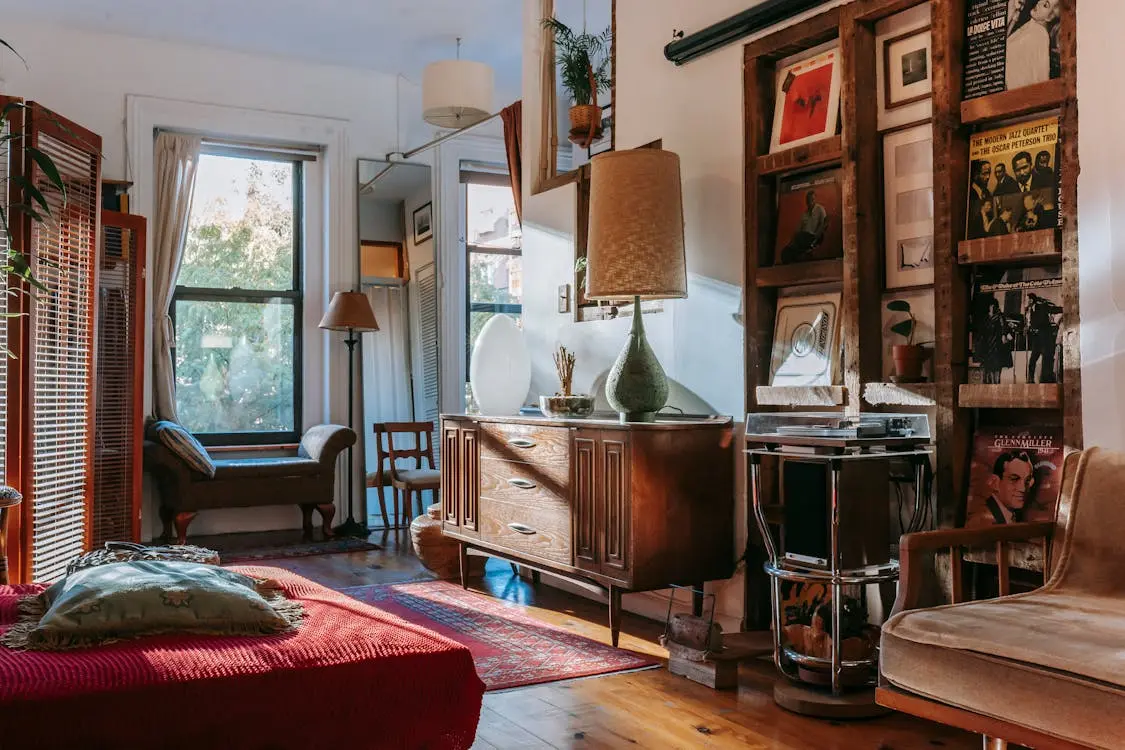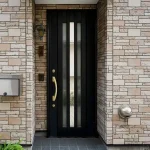Furnishing a home from the 1400s is not just about filling a space with furniture; it’s about honoring history while creating a livable environment. The process requires careful planning, a deep appreciation for the period’s aesthetics, and an understanding of how modern comfort can be seamlessly integrated into such a unique setting.
Understanding the Historical Context
Before diving into the costs, it’s crucial to understand the historical context of a 1400s house. Homes from this era often feature distinct architectural elements such as timber framing, stone walls, and large fireplaces. The furniture of the time was primarily functional, crafted from wood with simple, yet sturdy designs. Common items included long trestle tables, benches, chests, and canopy beds.
To furnish such a house authentically, you need to blend these historical elements with modern conveniences. This approach allows you to maintain the home’s character while ensuring it remains comfortable and functional for daily living.
Breaking Down the Costs
Furnishing a 1400s house can vary widely depending on your approach, the quality of materials, and whether you opt for authentic antiques or modern reproductions.
1. Furniture and Décor
- Antique Furniture: Authentic antique pieces from the 1400s are rare and expensive. A single item like a canopy bed or a large wooden chest could easily cost several thousand dollars. A historian suggests that “researching the period’s furniture styles and materials is crucial for an accurate and authentic look. Consider consulting with a historical preservation expert.”
- Reproductions: Modern reproductions offer a more affordable option while still capturing the essence of the period. A well-crafted reproduction might cost between $1,000 to $5,000 per piece, depending on the complexity and materials used.
- Custom-Made Furniture: If you’re looking to recreate specific pieces that fit the architectural style of your home, custom-made furniture is an option. However, this can be quite costly, often ranging from $2,000 to $10,000 per piece.
- Décor and Accessories: In addition to furniture, you’ll need period-appropriate decor like tapestries, rugs, and lighting. These items can range from a few hundred to several thousand dollars each. An interior decorator advises, “Focus on creating a cohesive look by selecting furniture and decor that complement the architectural features of the house.”
- Budgeting Tip: According to a budgeting expert, “Creating a detailed budget is essential for a large-scale project like furnishing a historical home. Prioritize essential pieces and consider cost-effective alternatives.”
2. Restoration and Repurposing
If you’re fortunate enough to have access to antique furniture that needs some TLC, restoration can be a cost-effective way to furnish your home. A furniture restoration expert mentions, “Repurposing or restoring antique furniture can be a cost-effective way to furnish a 1400s house while maintaining historical integrity.”
- Restoration Costs: Depending on the condition of the furniture, restoration can range from a few hundred to several thousand dollars per piece. It’s essential to work with a professional who understands the historical significance and can preserve the original character.
- Repurposing Items: Sometimes, old furniture can be repurposed to suit modern needs. For example, an old chest could be converted into a coffee table, or a bench could serve as seating in a dining area. Repurposing can add a unique touch while saving on costs.
Personal Anecdote: Blending Old and New
When I first walked into a 1400s home, I was struck by the sheer presence of history within its walls. The exposed beams and the grand fireplace told stories of centuries past. However, the challenge was making it feel like home in today’s world.
I remember deciding to invest in a few key antique pieces that reflected the era. A large wooden trestle table became the heart of the dining room, and an intricately carved chest added character to the living space. To balance these, I opted for modern replicas for everyday comfort, like a cozy sofa and upholstered chairs that still echoed the medieval style but offered the softness and support we’re used to today.
This blend of old and new allowed us to enjoy the historical charm without sacrificing modern comforts. It’s about finding that perfect mix, where the past and present coexist beautifully.
Factors Influencing the Cost
Several factors can influence the overall cost of furnishing your 1400s house. Understanding these can help you plan and allocate your budget more effectively.
1. Authenticity vs. Modern Comfort
The more authentic you want the furnishings to be, the higher the cost. Authentic antiques or custom-made pieces based on historical designs are often more expensive than modern replicas. However, mixing authentic pieces with modern comforts can create a balanced and livable environment without overwhelming your budget.
2. Sourcing Furniture
Where you source your furniture from will also impact the cost. Purchasing antiques from specialized dealers or auctions can be costly, whereas finding reproductions or custom-made items may offer more flexibility in pricing.
- Local Artisans: Consider working with local artisans who specialize in period furniture. They can create custom pieces that match the style of your home at a more affordable price than imported antiques.
- Antique Shops and Auctions: Keep an eye on local antique shops and auctions. Sometimes, you can find hidden gems that fit your budget and style.
3. Room by Room Consideration
Furnishing a 1400s house doesn’t have to happen all at once. Consider starting with the most used rooms, such as the living room and bedroom, and gradually work your way through the house.
- Living Room: The living room is often the focal point of the home. A large wooden table, a few comfortable chairs, and a period-appropriate rug could be the main investments here. Budget: $5,000 to $20,000.
- Bedroom: For the bedroom, focus on a canopy bed, a chest, and perhaps a wardrobe. The bed will likely be the most significant expense. Budget: $4,000 to $15,000.
- Kitchen: The kitchen may require modern appliances, but you can still incorporate historical elements like wooden cabinetry or a farmhouse-style table. Budget: $3,000 to $10,000.
- Dining Room: A large table and benches or chairs that reflect the period can create a stunning dining space. Budget: $5,000 to $15,000.
- Other Rooms: Smaller rooms like studies or guest rooms can be furnished more simply, with a focus on functional, period-appropriate pieces. Budget: $2,000 to $8,000 per room.
Hidden Costs to Consider
While the primary expenses will be for furniture and decor, there are several hidden costs to consider when furnishing a 1400s house.
1. Restoration and Maintenance
Old homes often require more maintenance, and this extends to the furniture as well. Antique pieces may need regular care to prevent deterioration. Consider setting aside a budget for ongoing maintenance.
2. Insurance
Antiques and custom-made furniture can be valuable, so you’ll need to consider the cost of insuring these items. Make sure to check with your insurance provider about covering valuable pieces.
3. Delivery and Installation
Large and heavy furniture, especially antiques, can incur significant delivery and installation costs. It’s essential to factor these into your budget, particularly if you’re sourcing items from different locations.
Conclusion: Crafting a Budget-Friendly Plan
Furnishing a 1400s house is a unique challenge that requires a careful balance of historical authenticity and modern comfort. By understanding the costs, prioritizing essential pieces, and considering both restoration and modern reproductions, you can create a beautiful and functional living space that honors the home’s history.
As you embark on this journey, remember that every decision should reflect your taste while respecting the home’s architectural integrity. Whether you choose to splurge on a few key antiques or opt for budget-friendly reproductions, the goal is to create a home that feels both timeless and welcoming.
The final cost will depend on your choices, but with careful planning and a clear vision, you can furnish your 1400s house without breaking the bank.










